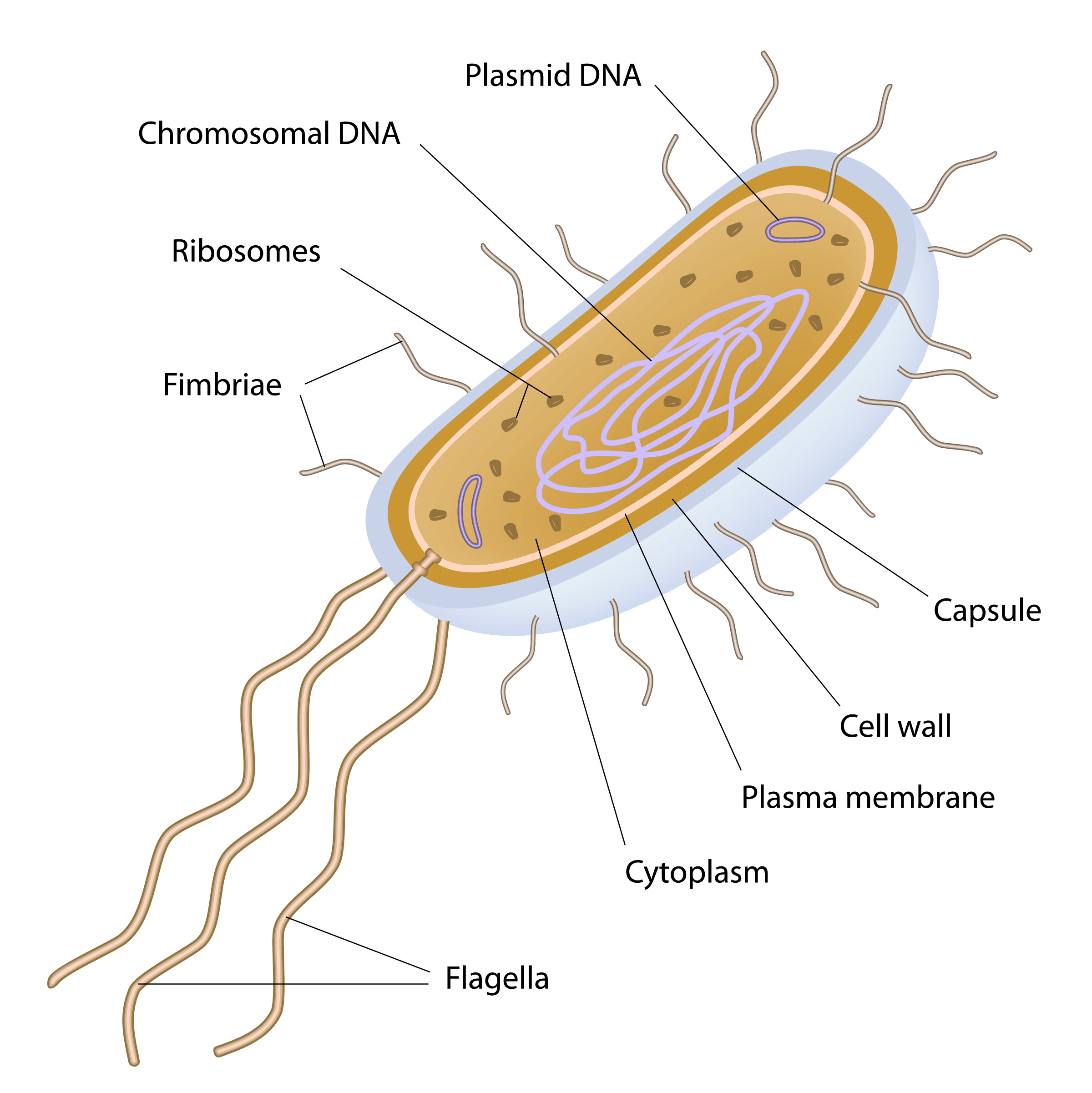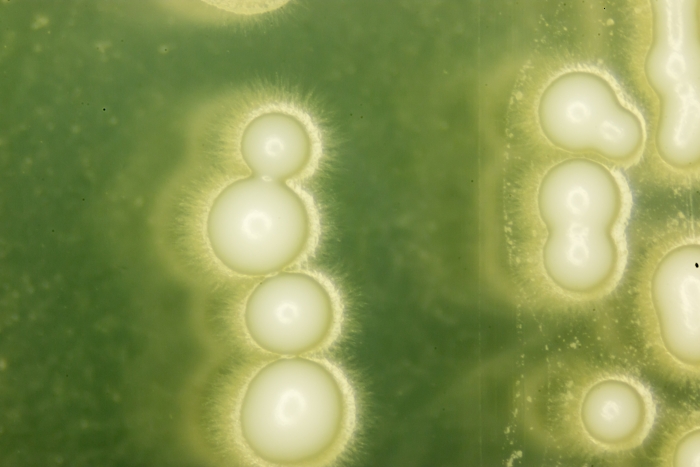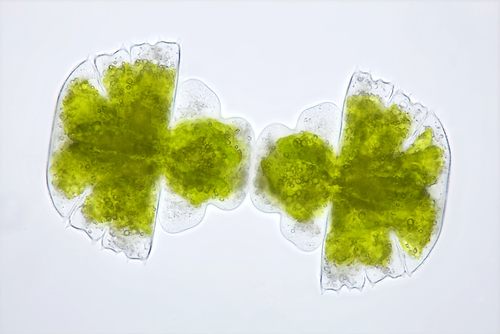Did you know that there are about 37 trillion cells in the human body?! Even then, that's an estimate, so it could be more!

So we know that living organisms are made up of cells, and all living organisms carry out the seven life processes. Do you remember what these are?
Movement
Respiration
Sensitivity
Growth
Reproduction
Excretion
Nutrition
Organisms usually use different organ systems to carry out the life processes, for example humans have a digestive system to help with nutrition and a circulatory system to help with respiration. These organ systems are made up of groups of tissues and organs that work together.
However, not all organisms have organ systems or even tissues. Some are only made up of one cell! We call these unicellular organisms. These unicellular organisms can still carry out the seven life processes but only have one cell with which to do so.
As they are only made up of one cell, unicellular organisms are extremely small and need a microscope to be seen.
An example of a unicellular cell is bacteria - you can see what a typical bacterial cell looks like below:

Other examples include yeast, which is a unicellular fungus:

and a protozoa called algae:

Bacteria are the smallest unicellular organism followed by unicellular fungi. Protists are often the larger unicellular organism - they come in many different shapes and sizes.
In this activity, we're going to look at what unicellular organisms are.









